Leaf
A matcha brewing tool that helps matcha drinkers become matcha brewers.
Story
Matcha tea is nutricious and if brewed correctly, it is an easy to make drink.
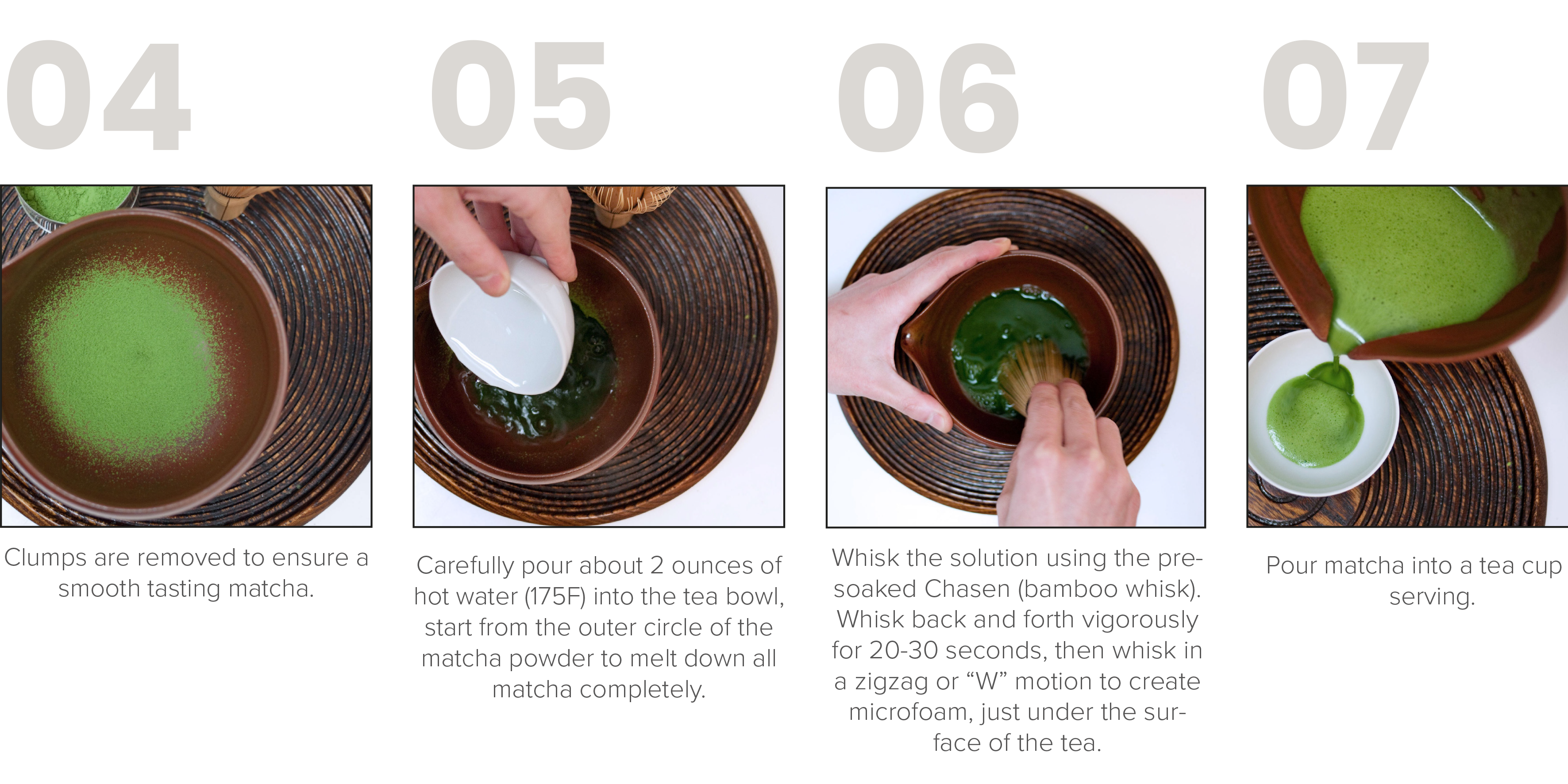
Problem
01.
Matcha is strongly associated with the Japanese culture in the United States. Without full knowledge of matcha brewing process, many think it takes too much effort and time to learn and make a good tasting matcha tea.
01.
Matcha is strongly associated with the Japanese culture in the United States. Without full knowledge of matcha brewing process, many think it takes too much effort and time to learn and make a good tasting matcha tea.
Solution
01.
A modern twist to the traditional matcha brewing process. Users could brew a perfectly smooth and frothed matcha consistently with a press of a button while maintaining the important traditional aspects of the brewing process.
01.
A modern twist to the traditional matcha brewing process. Users could brew a perfectly smooth and frothed matcha consistently with a press of a button while maintaining the important traditional aspects of the brewing process.
Users
A survey was sent to 100 adults in the United States through Amazon Turk.



The Current Market
Product Benchmarking was conducted to analyze the current competitors in the market while biaxal map helps identify an opportunity gap in the market.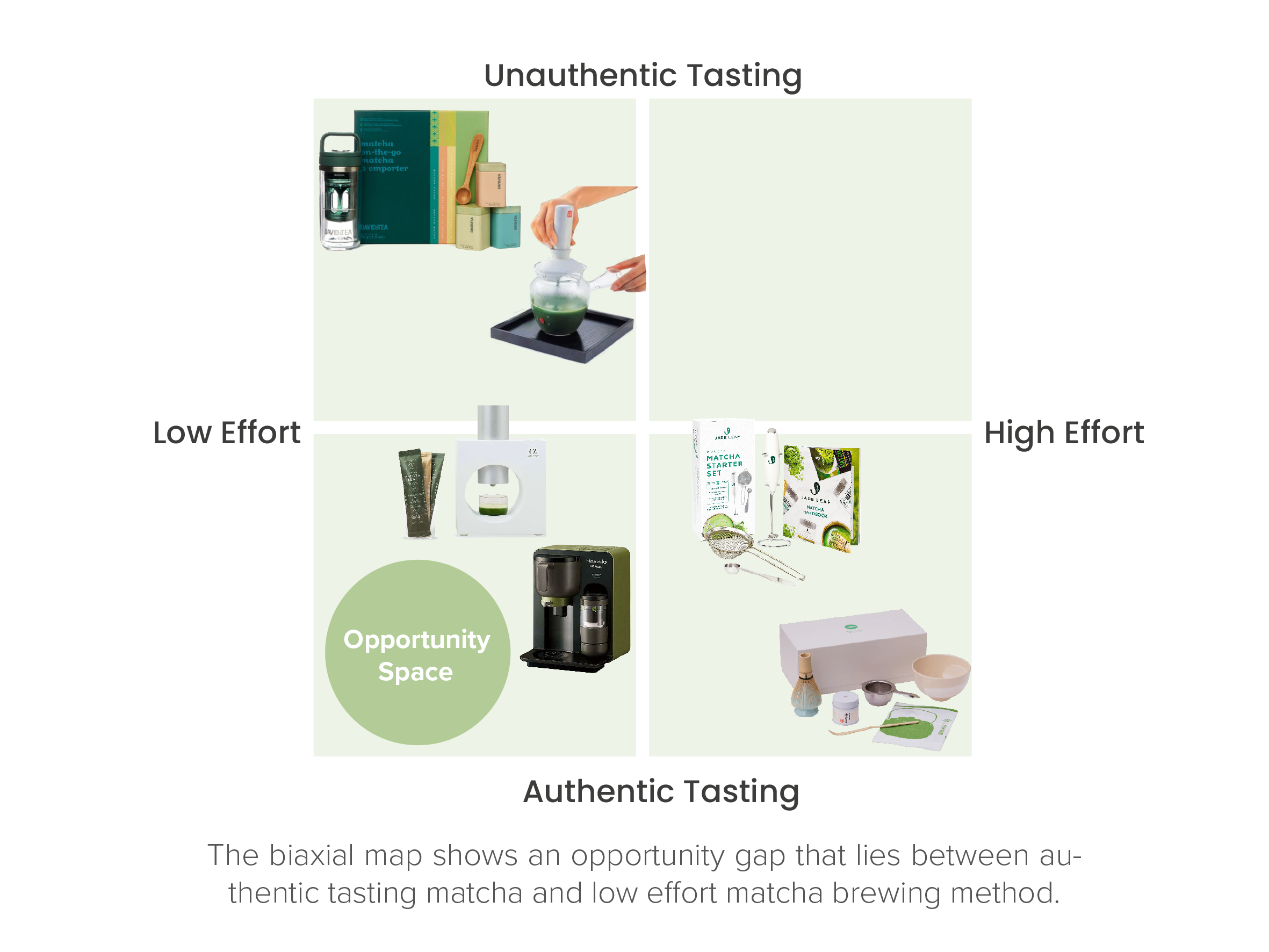


Insights
From understanding the users, market and technology.01.
Users who are exposed to the drink but have limited knowledge of the matcha brewing process think the process is difficult and takes too much effort to make.
02.
Brewing steps of all current products are at least 4 steps and above; however, they are all less than the traditional brewing steps (7 steps).
03.
There is a direct corelation between matcha knowledge and authentic tasting.
Users who are exposed to the drink but have limited knowledge of the matcha brewing process think the process is difficult and takes too much effort to make.
02.
Brewing steps of all current products are at least 4 steps and above; however, they are all less than the traditional brewing steps (7 steps).
03.
There is a direct corelation between matcha knowledge and authentic tasting.
04.
There is a direct relationship between matcha’s sweetness and water temperature.
05.
There is a direct relationship between whisking technique and matcha’s texture and taste.
06.
There is a direct relationship between the care of bamboo whisk and the taste of matcha.
07.
The most important factor of authentic tasting matcha is its leaves, then comes the brewing method.
There is a direct relationship between matcha’s sweetness and water temperature.
05.
There is a direct relationship between whisking technique and matcha’s texture and taste.
06.
There is a direct relationship between the care of bamboo whisk and the taste of matcha.
07.
The most important factor of authentic tasting matcha is its leaves, then comes the brewing method.
Ideations
How might we design a matcha brewing experience that is approachable, authentic tasting, easy to use, easy to clean and time efficient?
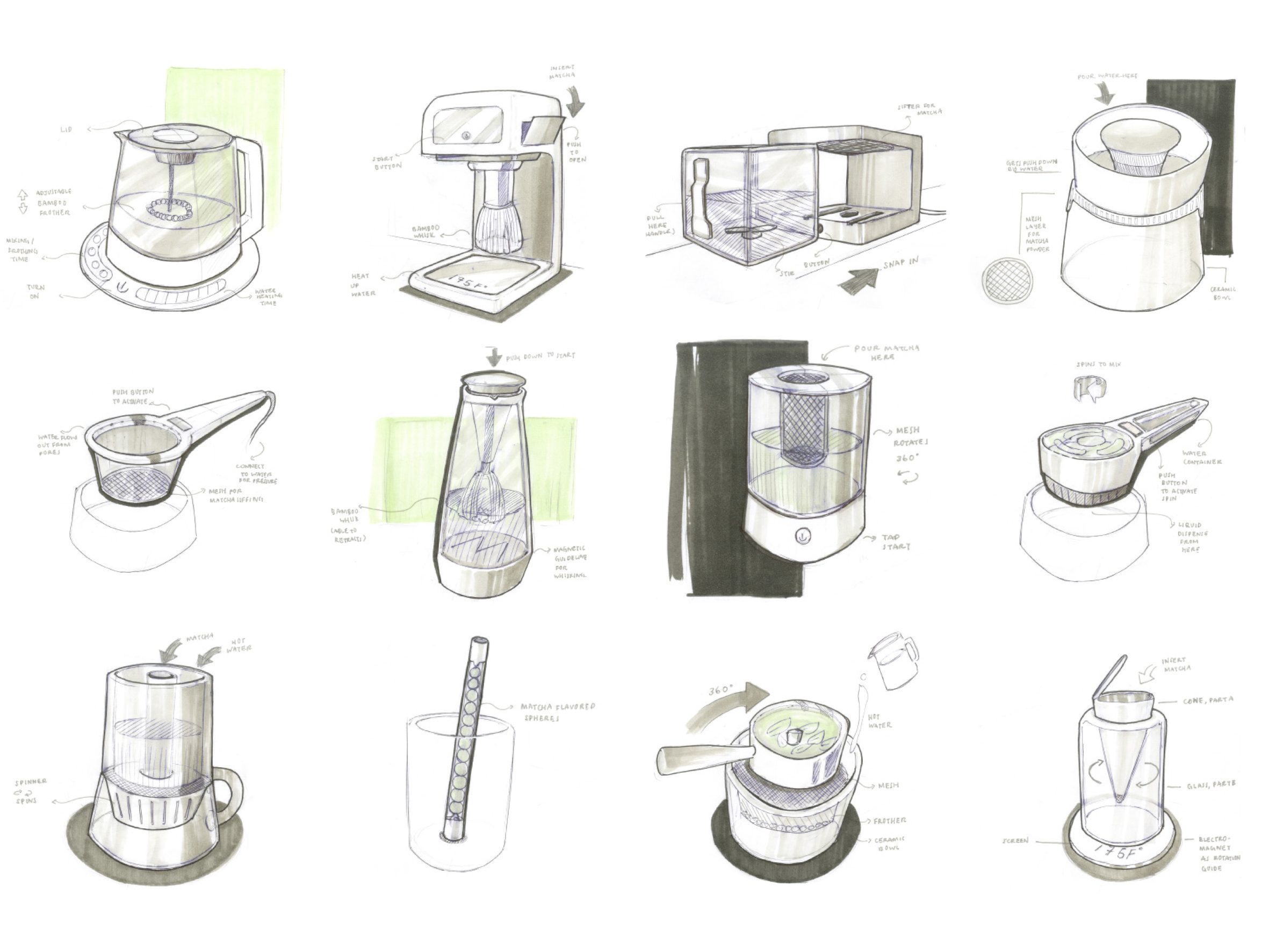

Form Modeling
To explore product feasibility and dimensions on chosen concept.
Design Language
Moodboard was used to organize the product’s inspiration and determine the important elements.
Specification Benchmarking
Analyze specifications of product’s parts to determine the overall dimension and battery power needed for the product.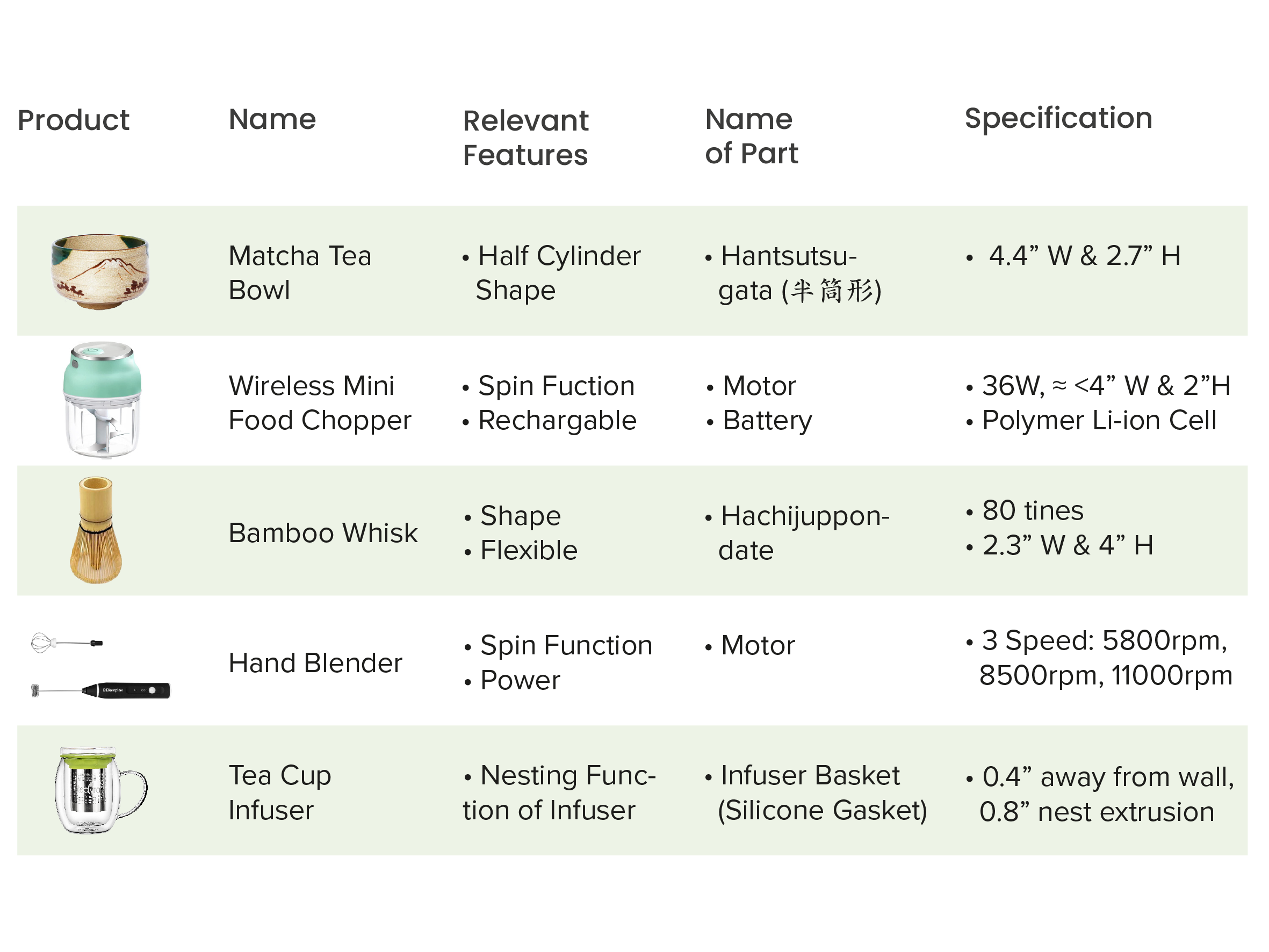
Iteration
Further form and interface exploration was done to determine the final concept.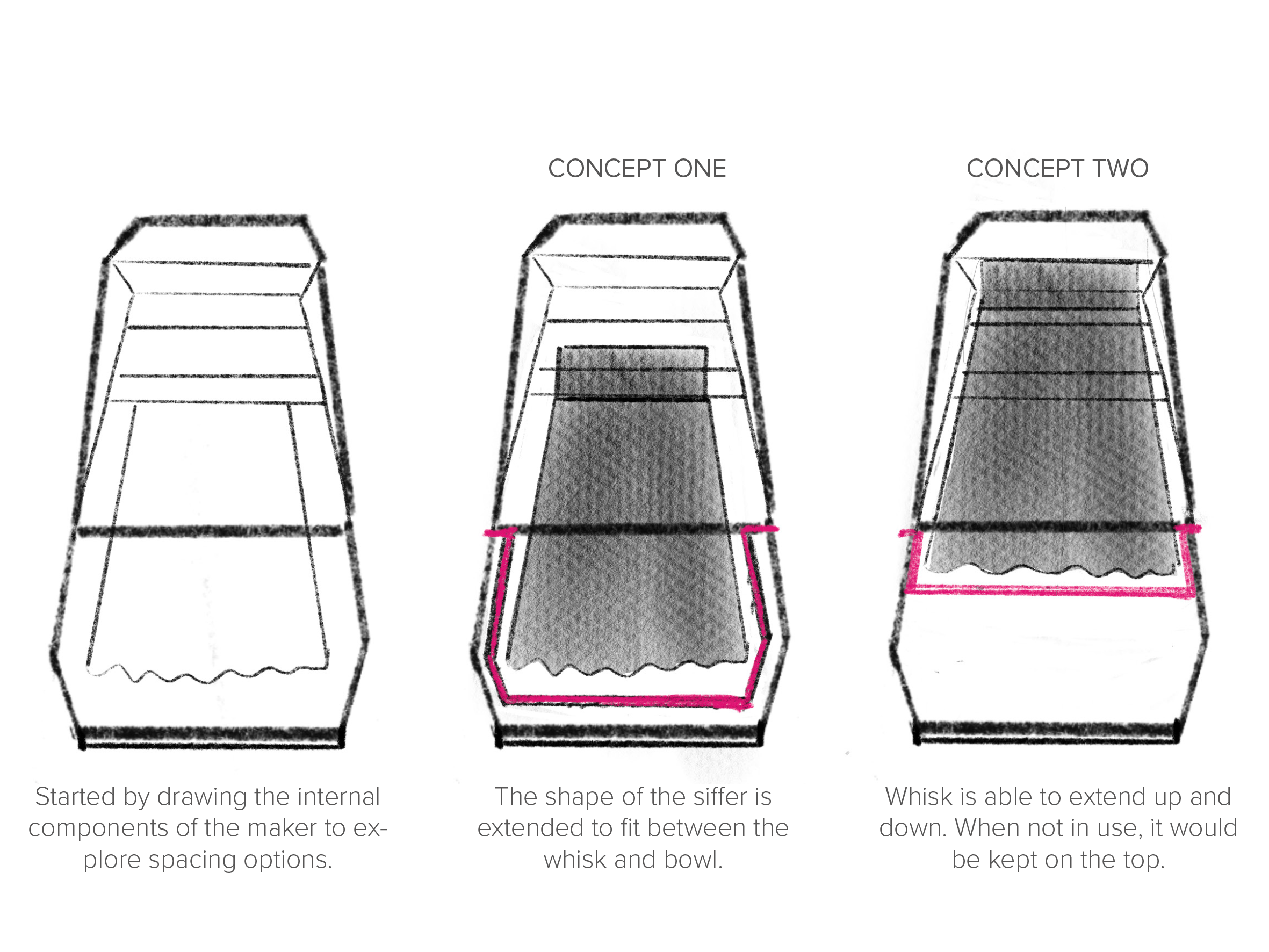


Final Concept Render
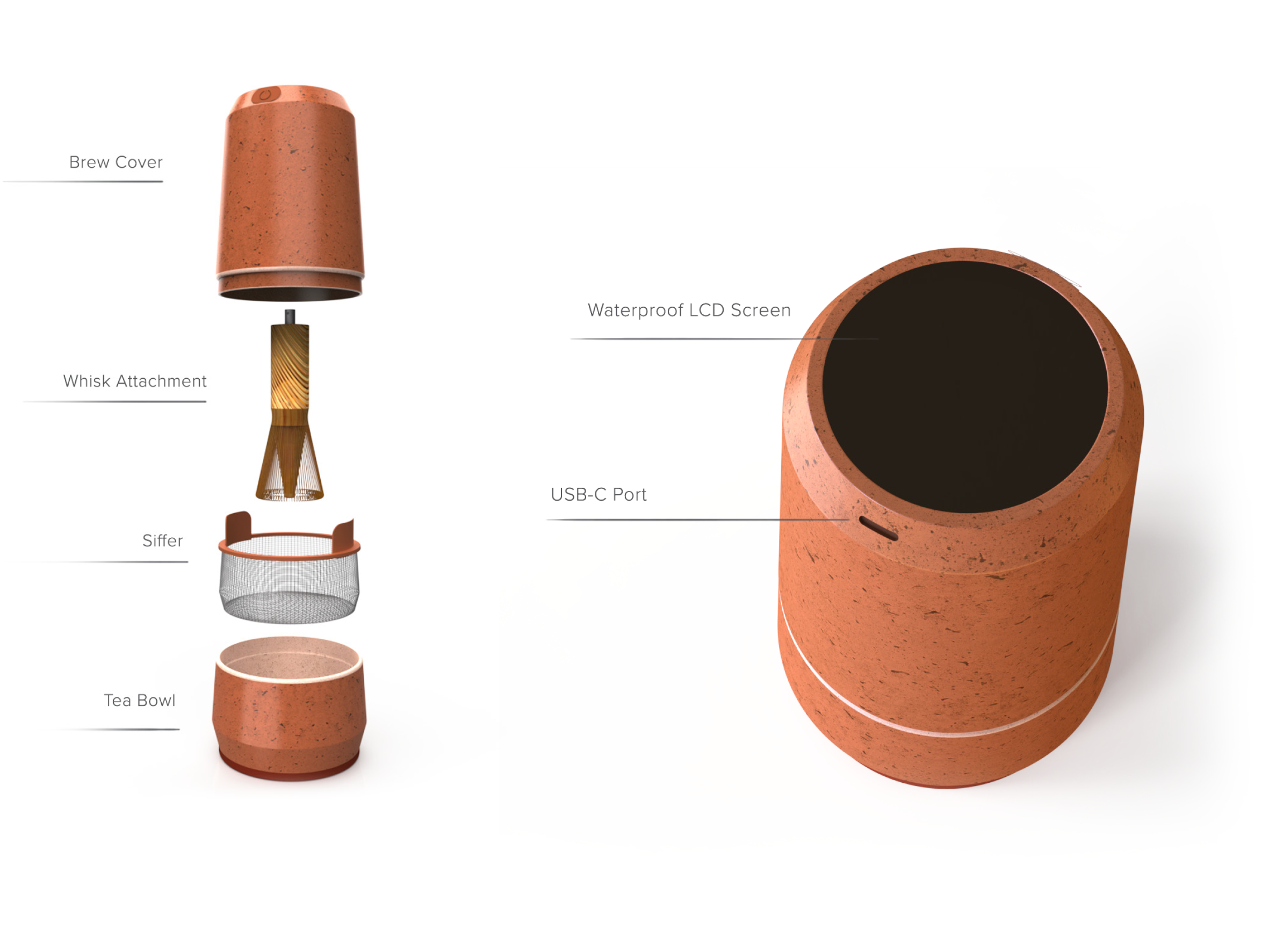
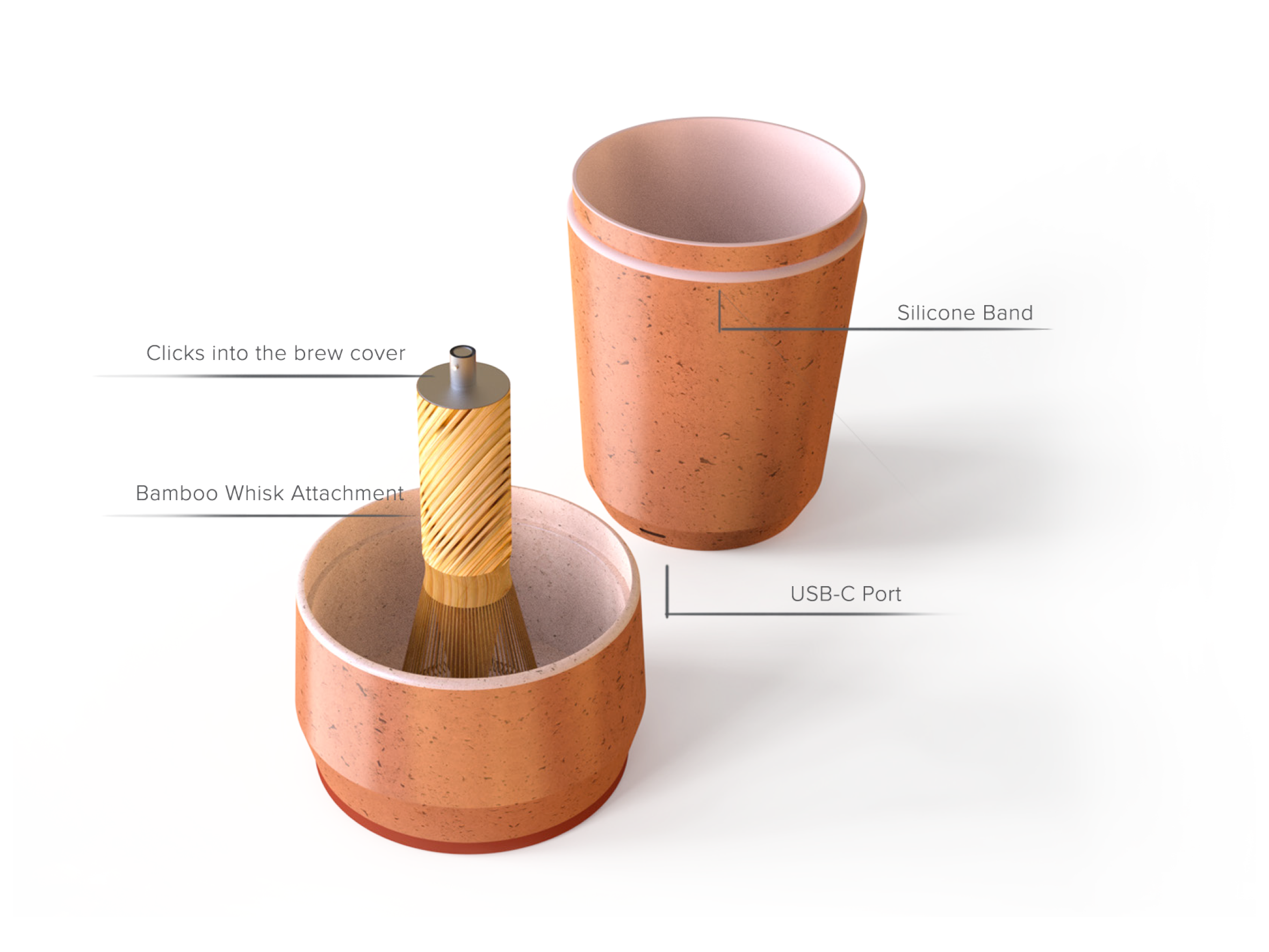
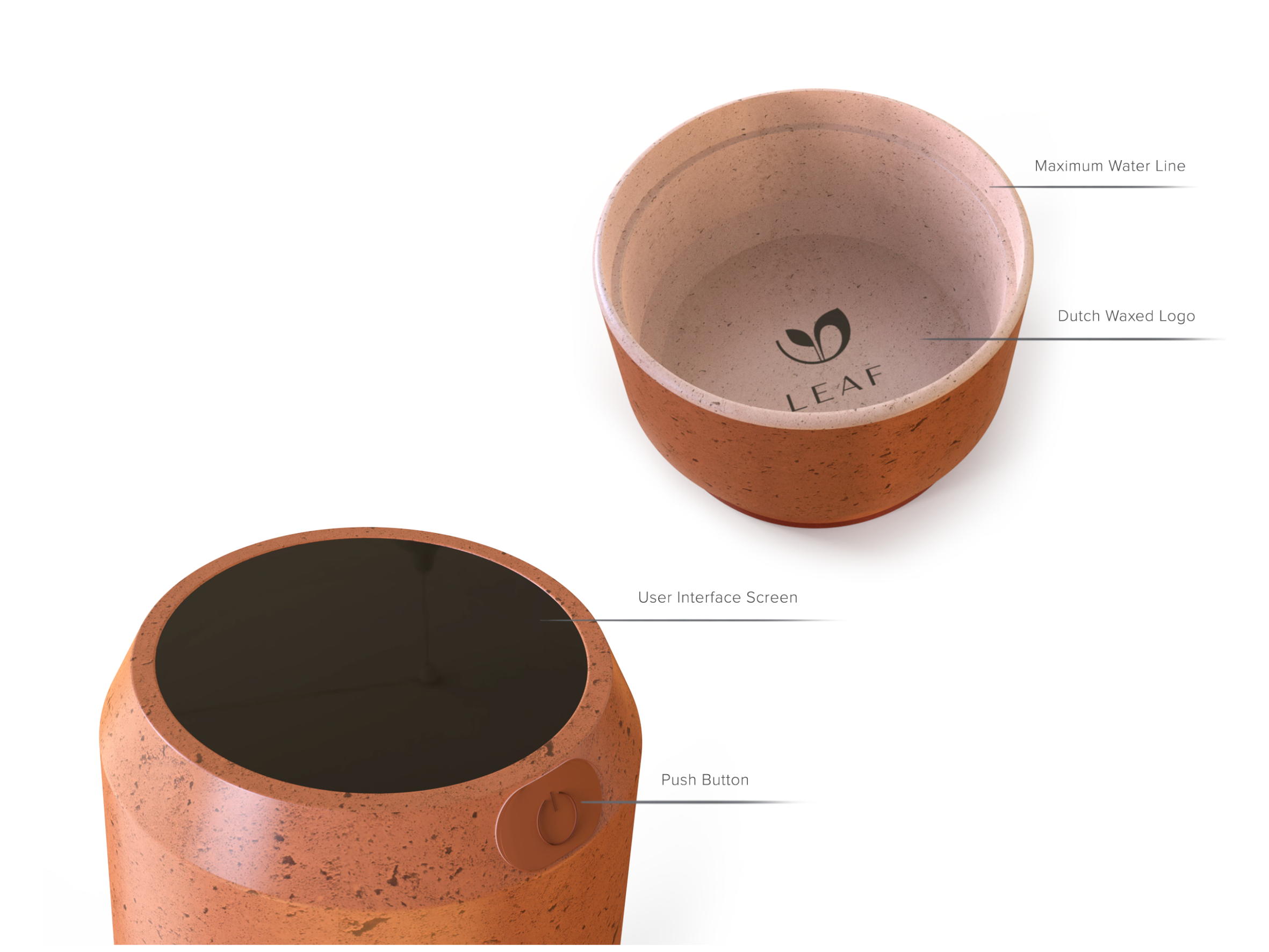
Final Screen Interface
These are the interfaces users would interact with through the LCD screen.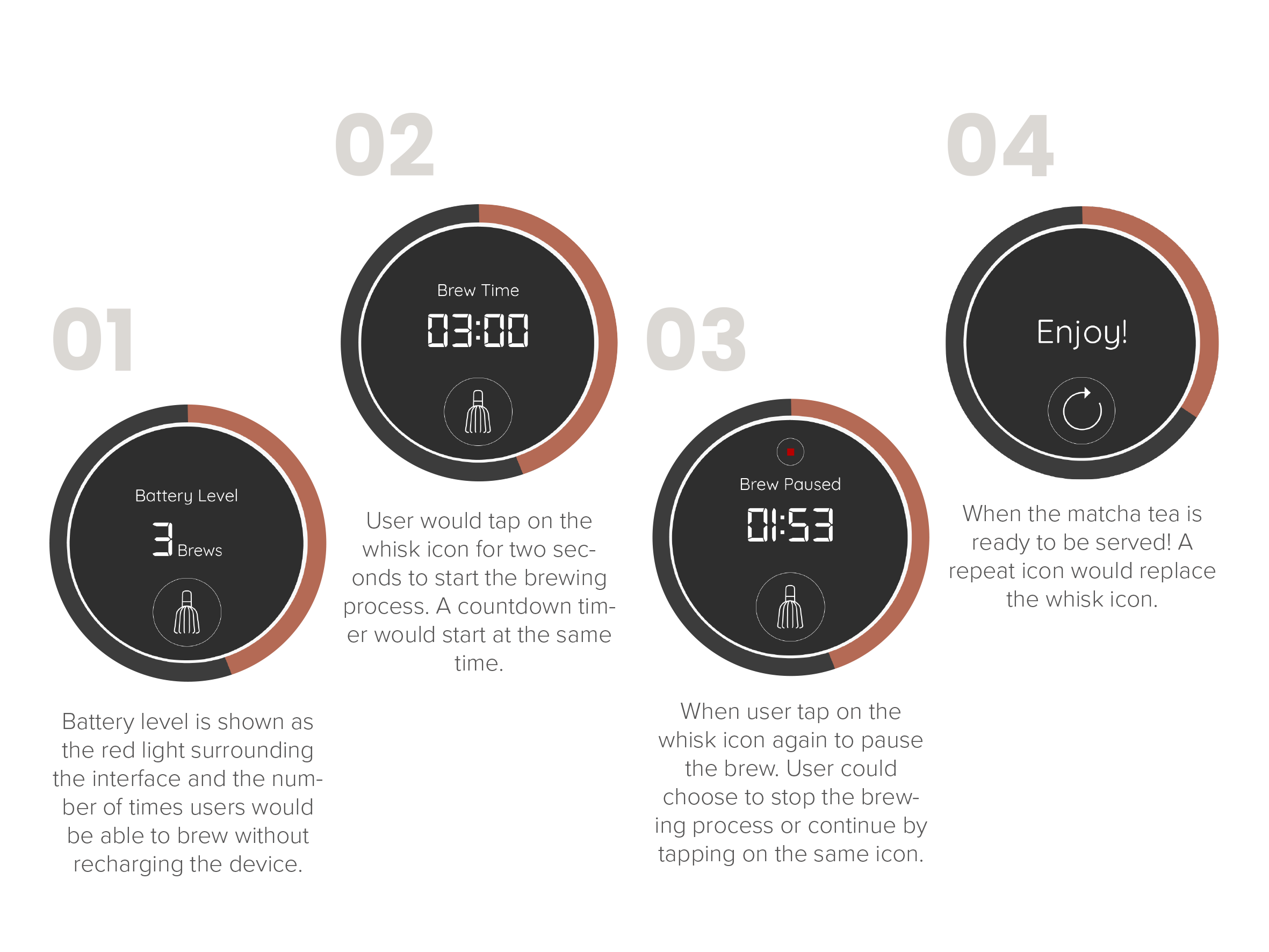
Storyboard
To help visualize the new brewing process.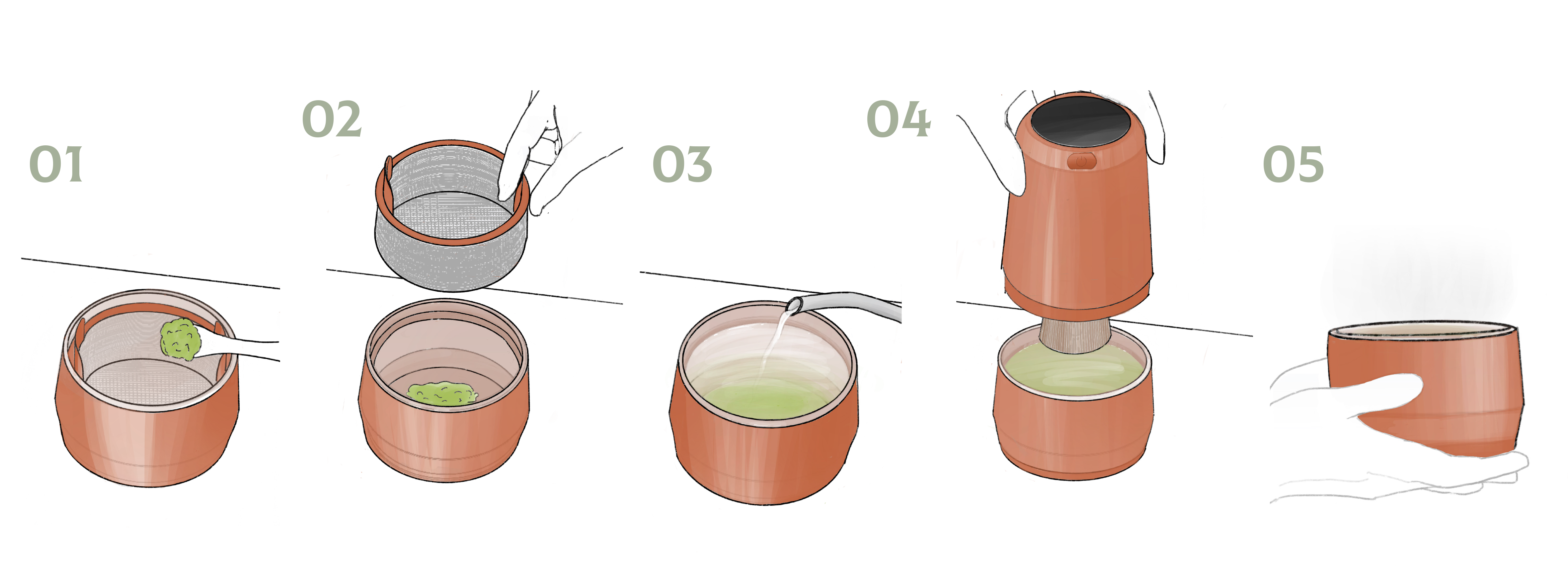
Manufacturing
Bill of materials and engineering drawing to manufacture this product.

Colors and finishes:

Learnings
01.Rapid prototyping and benchmarking product specifications are crucial steps in planning for product dimensions.
02.
Another prototype iteration is required to confirm that the programmed whisk can achieve the intended effect.
03.
While an LCD screen offers superior user feedback over a single button, it introduces additional steps to the brewing process. Alternative interface options should be considered.
Next Steps
01.Prototype the final concept of LEAF.
02.
Conduct user test.
03.
Iterate on design.